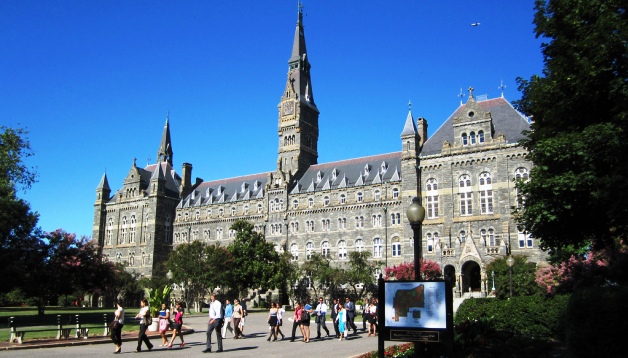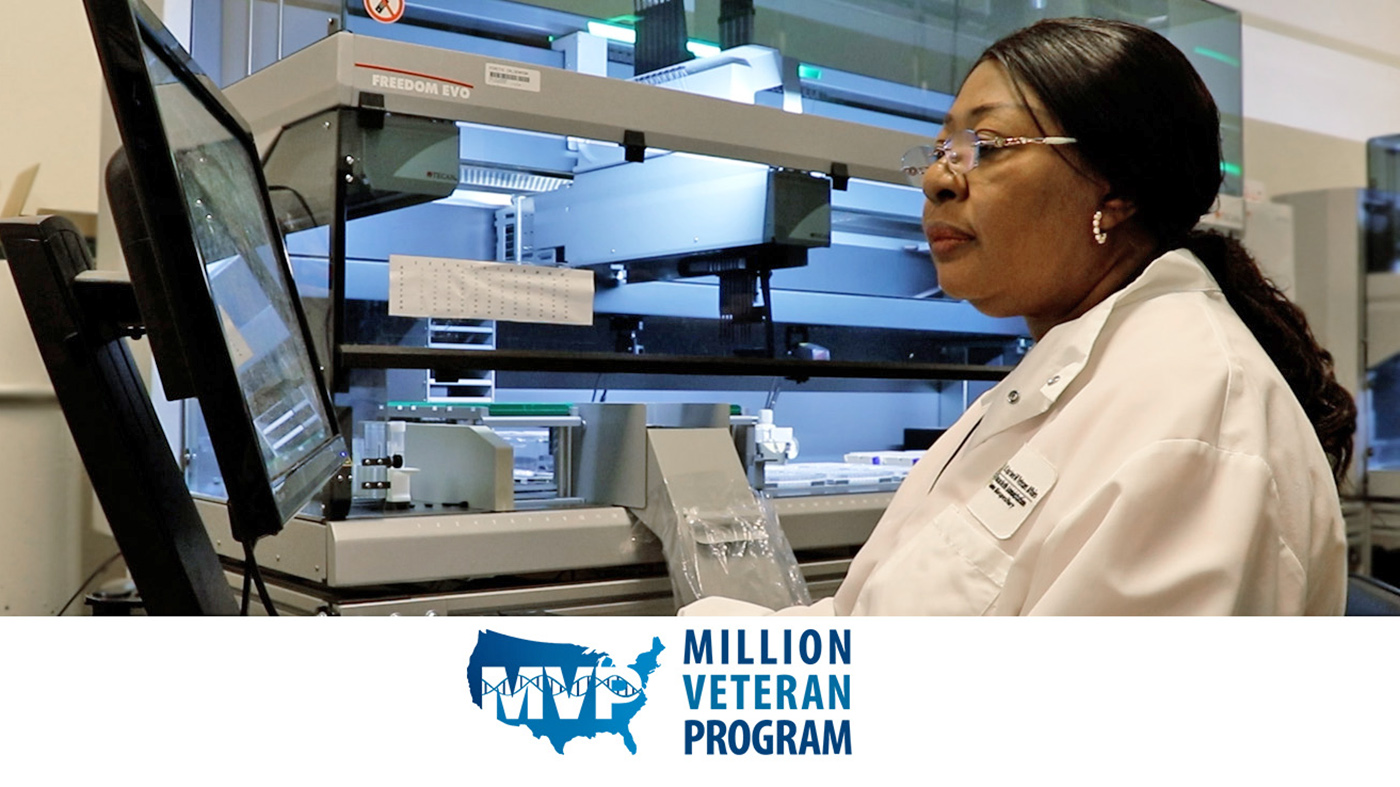When I decided to take a job at VA, it came at the cost of my education. I was in the middle of my sixth straight semester in Texas and was on track to graduate with a bachelor’s degree by spring 2012 using the GI Bill. Against the advice of many people who wanted to see me walk the stage on time, I chose an opportunity to change the way the government communicates with Veterans. The promise I made to my father before I left home was this: I would finish a degree that I looked forward to ever since coming home from Iraq.
Almost a year later, I join hundreds of students facing an unknown future when new GI Bill legislation takes effect, particularly a cap for private school tuition. Since I live and work in Washington DC, my options for college are pretty much limited to the private schools that dot the city. While the GI Bill covers tuition at every public school in the country, it leaves private schools to participate in the Yellow Ribbon Program. In the past, Yellow Ribbon allowed VA and a private school to split the difference of the tuition that exceeded the highest in-state public tuition in a particular state. But starting this fall, the cap will be uniform across the country. A maximum of $17,500 will be available to private school students. While schools can still elect to participate in Yellow Ribbon, this puts pressure on programs that would have to pay a bigger difference than before. Not to mention the growing anxiety many students feel as fall approaches with few answers to life-altering questions.
Yesterday, Secretary Shinseki urged some 1,100 private schools to continue their support of the Yellow Ribbon program. He spoke about the shared responsibility of both VA and universities to “ensure that our servicemembers, Veterans and dependents receive the education benefits they have earned.” His words come at a time when Vets are returning from multiple tours of duty in Iraq and Afghanistan and coming home to a nation that has little sense of common duty for the wars. Veterans and servicemembers alike remain disturbingly disconnected from the people they served. It’s only, then, prudent to focus reintegration efforts on where Vets are going, and often that’s the classroom.
Universities, especially those elite private schools that are often isolated from society, can only benefit from a strong Veteran presence on campus. Diversity is a buzzword that you can’t escape on a college campus, and Vets bring a stunning variety of ages, abilities, backgrounds and talents. They are generally more disciplined, better skilled and equipped for the strains of college life far more than most students. But come this fall, private university presidents and advisory boards will be faced with a tough decision: Dig in their pockets to keep their Yellow Ribbon Programs going, or tell their student Veterans to take on debt or find some other school to fulfill their educational goals. They must know that the latter choice will dilute the diversity of their student body, disrupt reintegration and force students to make hasty financial decisions.
The writing has been on the wall for quite some time. Iraq Veteran Daniel Caldwell discussed the implications of a cap at VAntage Point back in December. Last month, Active Duty Naval Commander Herb Carmen, a graduate student at Georgetown, expressed concern that a midstream change in tuition rules would force many students to either quit school or change programs they were told would be fully covered under Yellow Ribbon. Herb estimates that he, along with other active duty and Veteran students, will be on the hook for $29,000 the next academic year. When they enrolled, it was with the confidence that they would pay nothing as a result of their service in the military.
Perhaps the worst part of the change is that schools and affected students alike do not know what is going to happen this fall. Will students have to drastically change their plans? Will they have to pay out of pocket or take out loans? Will schools abandon Yellow Ribbon or reduce the number of eligible students for the program? Columbia University is scrambling for answers to those questions before the August 1 rollover date. It’s not clear if other private schools are following its example.
Since I don’t work on the Hill and have no clout when it comes to possible legislation, I can only offer practical recommendations to assuage this growing problem facing Veterans. For one, college presidents and advisory boards must look at every conceivable source of revenue to fill Yellow Ribbon coffers. That means going to the alums and asking them to give back to Vets, fund raise throughout the year and create Veteran-only scholarships that can help zero out the difference after the tuition cap of $17,500. Private schools could even engage in a friendly competition to have the highest percentage of student Vets on campus.
Time has flown by since I made a promise to my father to finish my education. The promise will be kept. The question is, at what cost, of both time and money? The rest of my life will be affected by where and what I study, and as the fall semester looms, I can’t be sure of either of the two. The amount of human capital that Veterans have invested since September 11 can be measured in blood, sweat, limbs and peace of mind. We come hardwired to accomplish the next mission–we just need the tools to succeed. Will those in a position to make an impact stand ready to supply them?
swe.anna/Flickr
Topics in this story
More Stories
Seven U.S. Army soldiers, one Army Reserve soldier and two Veterans are representing Team USA at the 2024 Olympic Games in Paris, which begins today.
The findings of this new MVP study underscore the importance and positive impact of diverse representation in genetic research, paving the way for significant advances in health care tailored to Veteran population-specific needs.
VA reduces complexity for Veterans, beneficiaries, and caregivers signing in to VA.gov, VA’s official mobile app, and other VA online services while continuing to secure Veteran data.







Alex. This has me scratching my head. I am a reservist only eligible for 70% of the benefit. If I pay 30K private tuition do I get the cap of $17500 since 70% of 30000 is 21K or do I get $12500 which is 70% of the cap?
Good article Alex. I do understand that the VA is merely carrying out the law that Congress and the President agreed upon. But, the effect of these changes, especially the 17,500 cap on private school tuition and fees, has caused a stinging and adverse impact on veterans and dependents who made conscience decisions to pursue an education at some of our nation’s private institutions. Hope that the efforts of Veterans Service Organizations and other groups, which I have and will continue to support, can bring a fair solution to this issue.
Interesting in that I have a different problem with the New England College of Business and Finance (www.necb.edu). They have always participated in Yellow Ribbon but cannot – because their tuition, even for MBA’s is less than the $17,500 per year! Maybe the VA needs another list – of schools that are regionally accredited and don’t have outrageous tuition costs.
If it’s a public school, then Yellow Ribbon can help defray the cost of out of state tuition for Vets who just moved.
Hello Alex,
Great blog post! As a certifying official at a private, not-for-profit university, I am definitely sensitive to the issue of the $17,500 cap, and I am concerned that it will be a factor in the recruiting activities of the institutions that will be affected.
Until now, our tuition rates for undergrad and graduate programs fell well below Michigan’s in-state undergraduate tuition cap and we were actually not permitted to enroll in the Yellow Ribbon Program last year as a result. This year, we will definitely be enrolling. After crunching the numbers of my students at the 100% eligibility level, I can see that they will most likely exceed the new cap by at least $2,000. Ironically, our graduate students are less likely to be affected by the cap than our undergraduate students because they take fewer credit hours per quarter than our typical undergraduate students.
One word of advice for students planning to attend a private university that is NOT enrolling in YRP – check with their Financial Aid department to see if they are offering other veteran/military discounts that could offset out-of-pocket expenses. For instance, my institution has a scholarship for veteran/military students who are full Pell eligible and taking up to 12 quarter credit hours per term. Our other discount covers up to 30% of tuition costs that the GI Bill (Montgomery and Post-9/11) do not cover. This is particularly helpful for students who have less than 100% eligibility. I know there are other institutions that offer generous institutional financial assistance as well.
Hang in there, Alex. You have fought for our rights and now it is our turn to fight for you. I thank you for your dedicated service to our country and I wish you the best of success as you continue your studies.
Helen J. Budd
Academic Associate/VA Certifying Official
Cleary University
I have confidence that you will earn your degree(s), Alex, keeping your promise to your Dad. I didn’t get my Bachelors until I was in my fifties, and I am sure that you will complete your studies long before that fifth decade arrives. I was fortunate in that I always lived near state universities, so cost was not a major problem, even when I wasted valuable time, and squandered some of my GI Bill entitlement. Maybe a Bill Gates or a Warren Buffett will endow private schools so that they may keep Yellow Ribbon afloat. If someone from VA approached them with the idea, either or both of them might be agreeable to such an investment in the future.
You write with the skill of a graduate English or journalism major, and I enjoy reading your articles. Keep up the great work!
Hi Alex,
Recently our company, Katy’s partnered with Student Veterans of America to help provide a mechanism to help them build awareness and funds through out campuses across America and the country. We are just ready for them to launch it out and we are going to work to get it into the foodservice system across America’s campuses. It is important to build a bridge between the student veterans and student campus life, while building funds for scholarships and programs to help support the student veteran. As a company we are working to achieve a few goals and we hope our company can provide help your way, one My OH Mega at a time.
I can tell you that Student Veterans of America and other VSOs are actively working with Congress as we speak to place a grandfather clause to protect those that are currently in their studies. The 17,500 cap will increase annually with the rise in tuition around the country, and will provide significantly greater clarity and predictability to schools and veterans as the state caps will no longer be able to change, which in the long term will be a positive. In the meantime, we are very seriously fighting to ensure those who are currently studying will graduate under the obligations that we and the government committed to. If you are interested in being a part of that effort, contact your congressional representative or you can contact us at gibill@studentveterans.org
Thanks! Great blog as always, Alex!
Brian Hawthorne
Board of Directors
Student Veterans of America
Thanks for the insight, Brian!
Thank you, Brian. Keep up the good fight!
The previous cap was the public in-state tuition rate, with each state having a different maximum amount. I suspect in many states the new $17,500 cap is an improvement over the old rate caps: http://www.gibill.va.gov/gi_bill_info/ch33/tuition_and_fees.htm
If private schools participate in Yellow Ribbon at the same rate as in the past this is an improvement for student veterans. What am I missing?
At a minimum an issue that needs to be watched is if this cap ($17,500) will increase annually to match either general inflation or tuition inflation. From 1958 to 2010, the average annual tuition inflation rate was between 6% and 9%, ranging from 1.2 times general inflation to 2.1 times general inflation. On average, tuition tends to increase about 8% per year. That adds up quickly if you don’t plan on using your benefits for several years or have transferred them to young dependents.
Also don’t forget that many Veterans and school VA reps were waiting on the determination of what a “year” was for the cap calandar or accedmic, for the VA (you can see the post from the VA post 9-11 GI BIll webmaster on their facebook page under the “whats in the green envelope” in the comments section) VA’s determination is Accedmic year but with a definition of an accedemic year Being AUG 1- July 31 irreguardless of how your school calaulates an accedemic year. I know I will be effected by this as well as the other 300+ veterans that are going to Devry in AZ. But with the information getting out quickly there will be more time to adjust fire and move out, to complete the mission.
I understand the VA has no choice in the matter- but now 3/4 of the way through my degree I have no idea how much it will cost me to go to school in the fall. I wish there was just some way to know so I could plan for it.
Exactly Meredith. Unless schools quickly formulate a plan, students are left to a lot of worry and guesswork about their education.
Whoa there Alex… The schools are still waiting on the VA to figure stuff out. The VA still doesn’t know how this is all going to work out. They don’t know how they are going to track students eligibility, they don’t know whether or not students will use WAVE for Post 9/11 or submit a VA form 22-1995 every 6 months when their eligibility goes up. The schools are still waiting on the info. The VA is being rushed by congress to get this done. If you ask me, Congress is to blame for rolling this out too quickly without first formulating a plan for how the VA is to accomplish this…
As far as I know, none of that is going to change. WAVE isn’t done with Chapter 33. And you only have to use a 1995 when you either sign up initially or change your course of study. It’s in the school’s court on whether to continue to support Yellow Ribbon. They know how much VA will provide; the other side of the equation is how much schools are willing to cough up.
Yeah, Congress made the changes (on the behest of VSOs), but this isn’t time for the blame game. Everyone has to work together on this.
Good article. Ever since starting community college, I’ve planned my curriculum around transferring to NYU Stern because of the school’s stellar reputation in the business world and New York’s GI Bill situation. This means I took additional and more strenuous classes than I normally would have. It seemed almost too good to be true, and apparently it was. Luckily, I don’t transfer to my new school choice until the Fall, leaving me with foresight that the current high-achieving Columbia and NYU veterans didn’t have before enrolling. The VA shouldn’t and can’t rely on the schools to increase their Yellow Ribbon aid. A grandfather clause is needed for the current students of those prestigious institutions.
In a perfect world, a legislative fix like a grandfather clause would be a good solution. But Congress is swinging a budget ax, and they specifically made these changes to be cost-neutral. We are less than five months away from August. I’d rather put energy into lobbying other groups that can make a difference without going to Washington – namely, schools and VSOs.
I completely agree with you I feel like the VA made a commitment to me and now they are recanting and changing there mind. I am a student at a private IT college. I graduate with HONORS with my Associates Degree in may. The IT market does not hire Associates Degree employees. I knew this when I signed up for my bachelors degree last year and now it changes and my tuition is 20,000 short. I am faced with very hard decisions which lead me to think that it is and always has been true “no matter what sacrifices we made in service we are on our own when we get out”. 80% disabled, purple heart veteran, and fulltime college student.
Jason, I feel you. The rules changed due to legislation in Congress, so VA is simply following the law. That’s why there as to be, as the Secretary mentioned, a collaborative effort on the part of Congress, schools and Veteran Service Organizations to make sure no students are left flapping in the wind.
Just to back up what Alex is saying, this is a law passed by Congress and signed by the President. The Department simply carries it out.